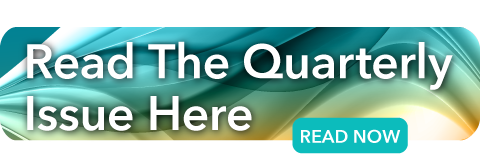ExxonMobil Ends Permian Basin Routine Flaring

ExxonMobil announced it has ended routine flaring in the Permian Basin, a region that contributes to roughly 15% of the oil major’s global production. It will also push for stricter oil and gas regulations and encourage its peers to end routine flaring in the Permian Basin.
Flaring has been front and center of ExxonMobil’s push to cut its emissions. In December 2021, the company announced it would achieve net-zero Permian Basin operations by 2030. It also said that by year-end 2021, it would reduce flaring volumes across its Permian Basin operations by more than 75% compared to 2019. It hit that goal. In December 2021, ExxonMobil also announced that it would eliminate all routine flaring in the Permian by year-end 2022 in support of the World Bank’s Zero Routine Flaring initiative. It has now officially achieved that goal too.
ExxonMobil was the last oil and gas major to pledge net-zero by 2050. The ExxonMobil of the past was always behind the environmental curve, but today it thinks it has an advantage when it comes to emissions reductions. Stricter regulations could benefit ExxonMobil by forcing its competitors to ramp their environmental spending as well. In this vein, it would make sense why the company would push for tighter standards now that it has ended its Permian routine flaring. As one of the largest oil and gas producers in the world, and one of the largest operators in the Permian Basin, ExxonMobil’s flaring initiatives could have ripple effects throughout the industry.
Unlike other oil and gas majors investing in renewable energy, ExxonMobil is mostly staying within its core competencies by making oil and gas operations cleaner instead of diversifying the energy mix of its portfolio. In December 2022, ExxonMobil announced a five-year corporate plan that earmarked US$17 billion toward emissions reductions efforts. US$17 billion would make up a significant chunk of the company’s capital expenditures (capex), which are estimated to be US$23 billion to US$25 billion per year through 2027. Put another way, investments made specially toward reducing emissions are forecasted to make up around 15% of ExxonMobil’s capex over the next five years.
Even with the large chunk of capex going toward long-term carbon reduction efforts, ExxonMobil still expects 2027 cash flow to be double 2019 cash flows. ExxonMobil said that nearly 40% of its emissions reductions investments will go toward lowering its customers greenhouse gas emissions through investments in carbon capture and sequestration (CCS), biofuels, and hydrogen.
In the announcement, ExxonMobil reaffirmed that it is on track to reach net-zero Scope 1 and Scope 2 Permian Basin unconventional assets by 2030. “We’re aggressively working to reduce greenhouse gas emissions from our operations, and our 2030 emissions reductions plans are on track to achieve a 40% to 50% reduction in upstream greenhouse gas intensity, compared to 2016 levels,” said Darren Woods, ExxonMobil chair and chief executive officer. “We will continue to advocate for clear and consistent government policies that accelerate progress to a lower-emissions future. At the same time, we’ll continue to work to provide solutions that can help customers in other industries reduce their greenhouse gas emissions, especially in higher-emitting sectors of the economy like manufacturing, transportation, and power generation.”
With such an emphasis on emissions reductions, you may think that ExxonMobil would keep a tight lid on production. However, the company believes it can increase production while still fulfilling its emissions reductions goals. In fact, it expects its upstream production to grow by 500,000 oil-equivalent barrels per day to 4.3 million oil-equivalent barrels per day by 2027, a 14% increase in five years. ExxonMobil said the growth will be prioritized on strategic developments in the Permian Basin, Guyana, Brazil, and liquefied natural gas projects.










